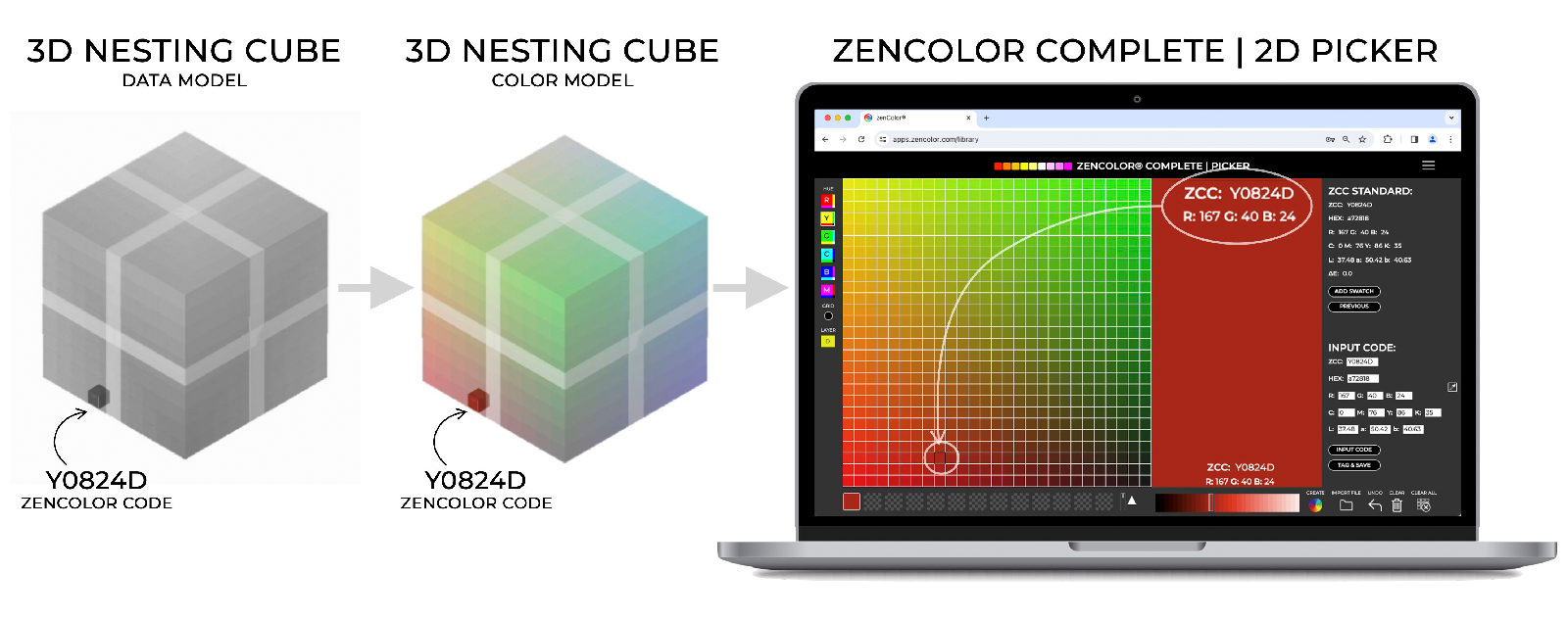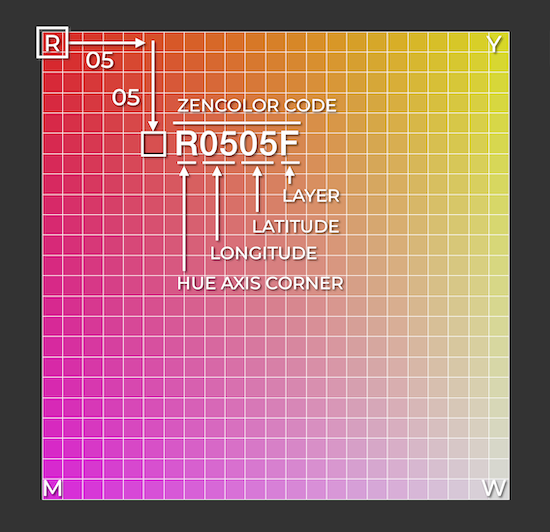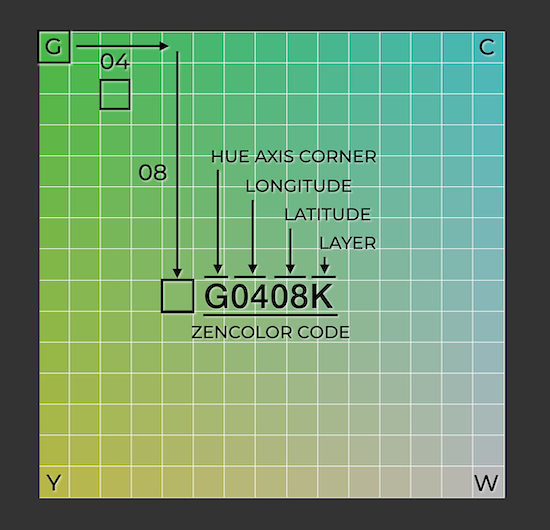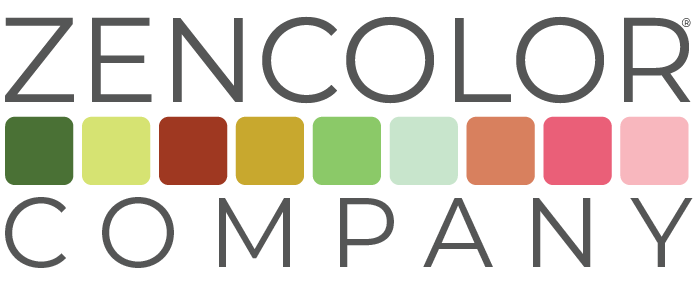
IT DOES NOT REQUIRE 16,777,216
COLORS TO DESIGN A PRODUCT…

STILL USING DIAL-UP INTERNET?
A LOT HAS CHANGED SINCE 1996.
The infinite RGB (Red Green Blue) color space provides the sole means by which to display digital content on a device. In 1996, the sRGB model is mapped to 16,777,216 unique coordinates as a means to apply color to digital content. It is, in effect, a digital crayon. This legacy model, however, was not meant to archive or align color data. sRGB is too random and redundant to be used for this purpose. Almost thirty years into the digital color revolution, the world of online retailing powered by AI has emerged. These exciting new online technologies have dramatically changed our lives, but we are still using the same box of digital crayons.

ZENCOLOR DATA MAPPING LANGUAGE
A SMALLER, MORE USABLE, RGB MODEL
Merging all of the 16,777,216 sRGB coordinates into the zenColor “nesting cube” format creates a smaller, more organized, subset of RGB. In effect, this process removes the redundancy without removing a single coordinate, normalizing RGB into the first universal color data standard.
Machines, unlike human beings, cannot “see” color. When it comes to color data, this is a big advantage. The zenColor data mapping language model was designed to align all digital and non-digital color data points for machine learning and AI. The language model is programmatic and completely objective. The proprietary zenColor data mapping language is used to assign a color attribute to every individual cube in the model. This enables the human eye to visualize the color data. The zenColor digital picker, consisting of 35,937 individual cubes, is the most complete color library available today. The picker is organized and simple to navigate, providing a welcome alternative to the legacy sRGB picker.
WITH DIGITAL DEFINITIONS,
COLOR BECOMES DATA.
“Data on its own, left to simply meander in digital purgatory is nothing. It needs to be corralled, filtered, analyzed, paired, visualized and ultimately delivered back into some system or to some end user for the data to create value.”
The Promise for Big Data Open Innovation & Crowdsourcing. June 2012


THE UNIVERSAL ZENCOLOR CODE
IT’S LOGICAL AND OBJECTIVE
The zenColor Code (ZCC) is based on a Cartesian mapping system. While this sounds complicated, it is actually quite simple. The mapping code starts at the hue corner of every side and layer, then divides the side into a grid consisting of longitude and latitude. The zenColor Code, much like Hex, was created as shorthand for the RGB coordinate that it represents. We call the new model nRGB (Normalized Red Green Blue). This new data mapping language model provides a means by which to translate, archive, align, and interpret all digital and non-digital color data for machine learning and AI.
